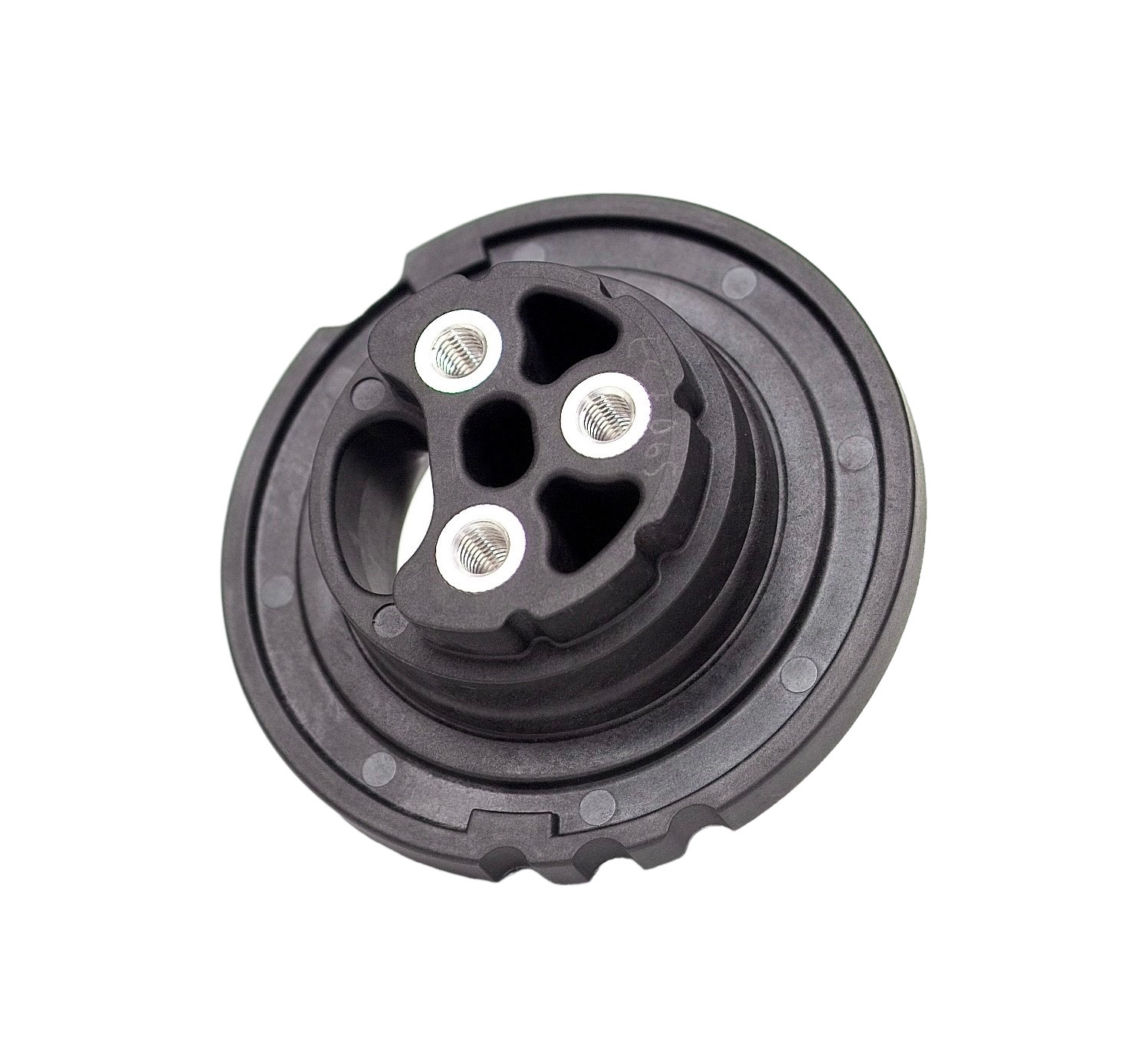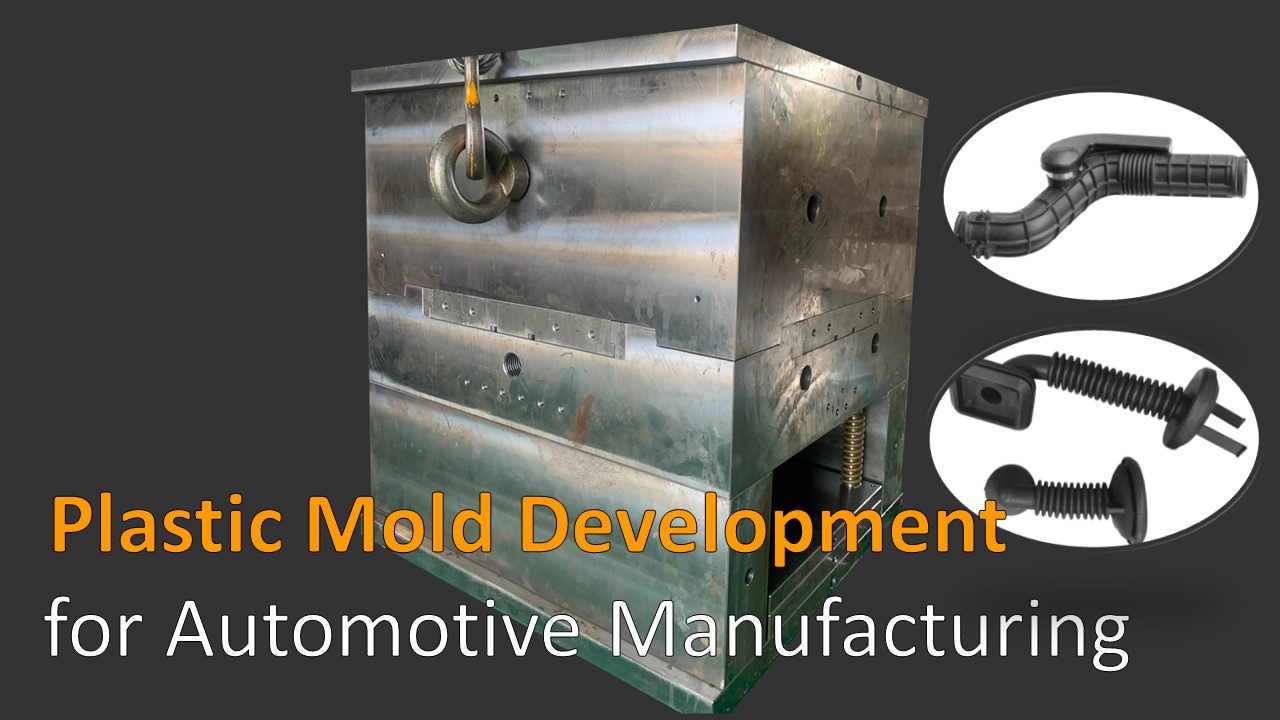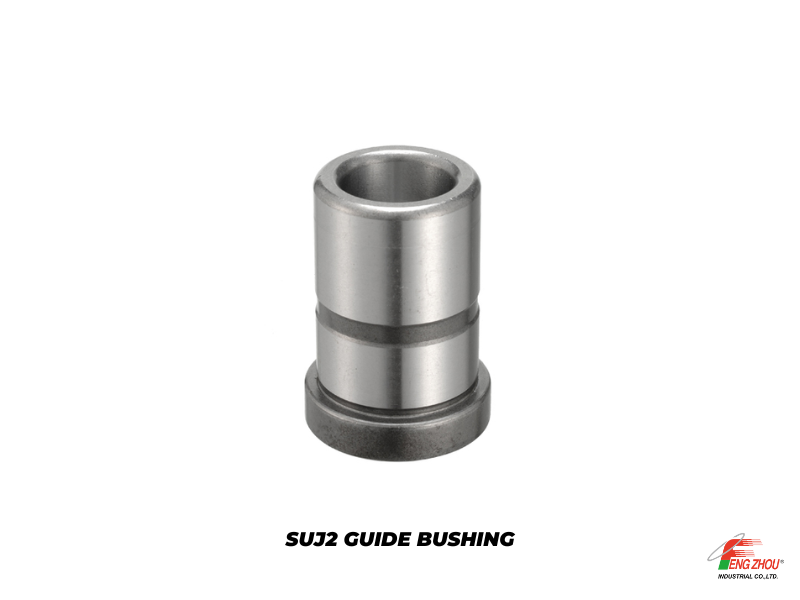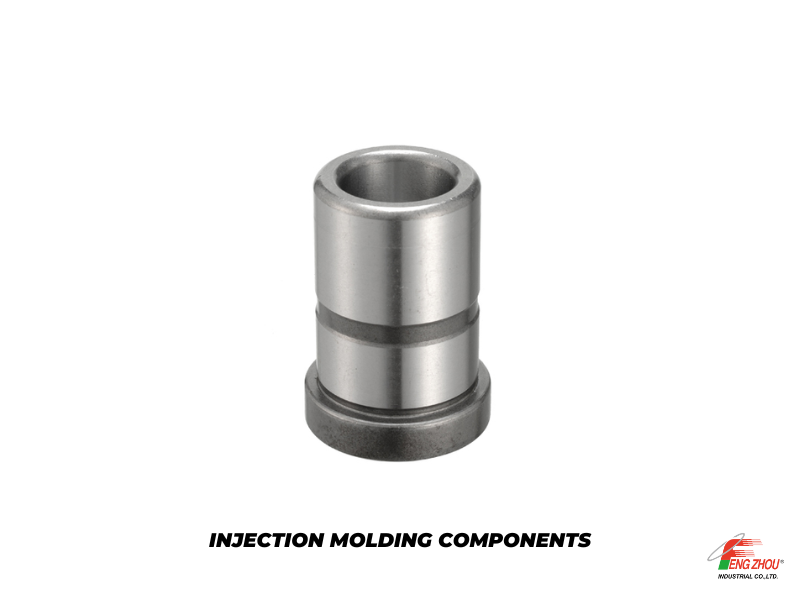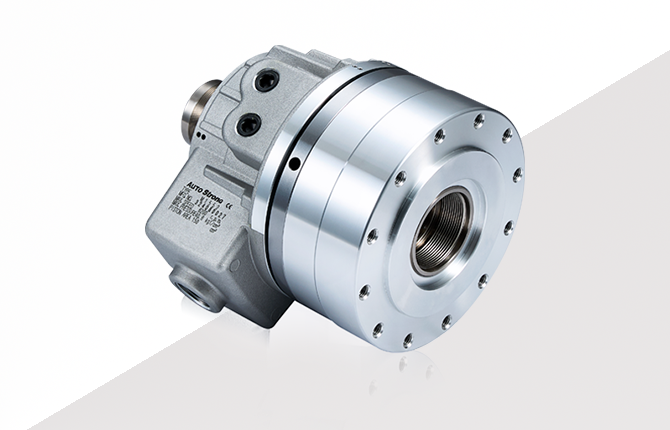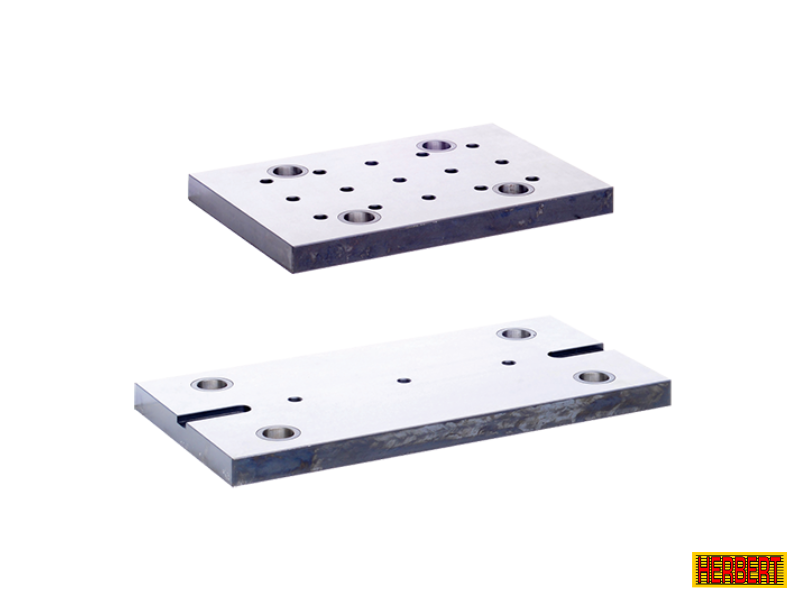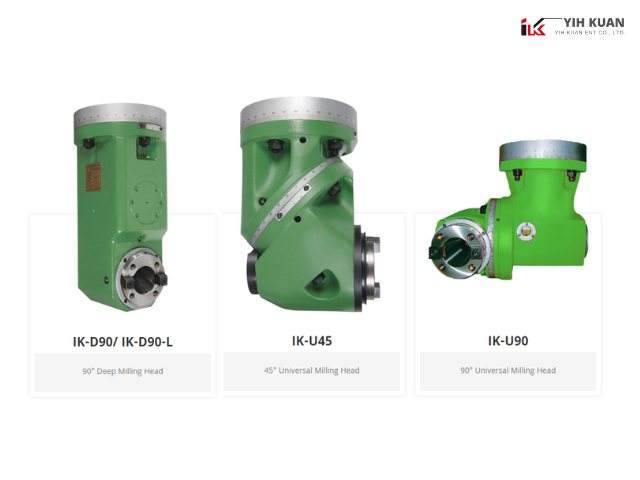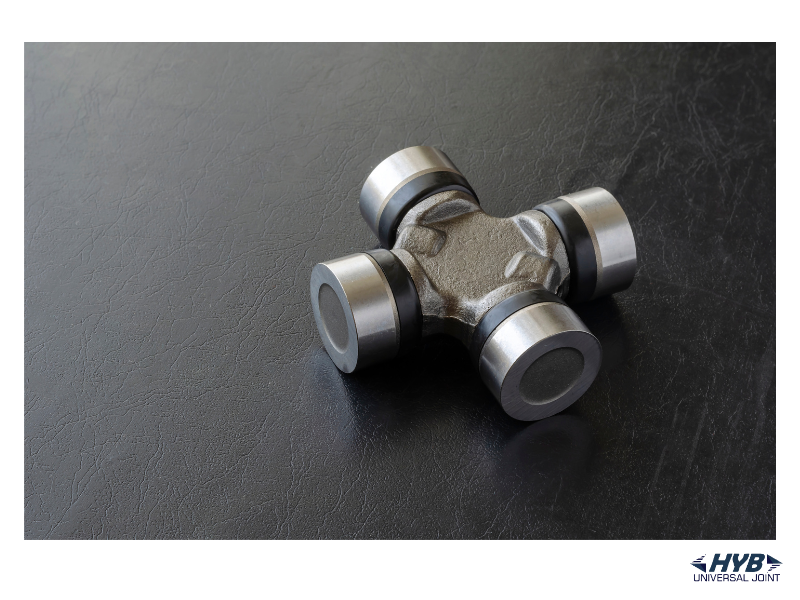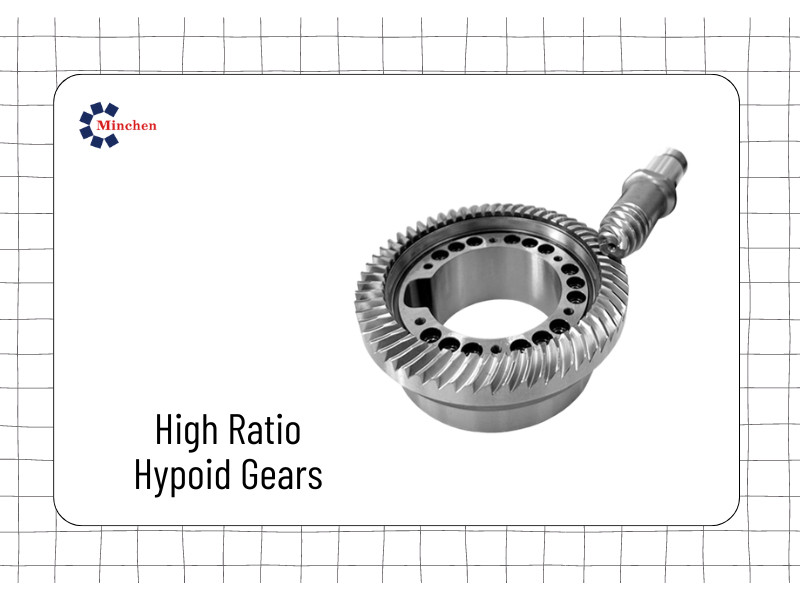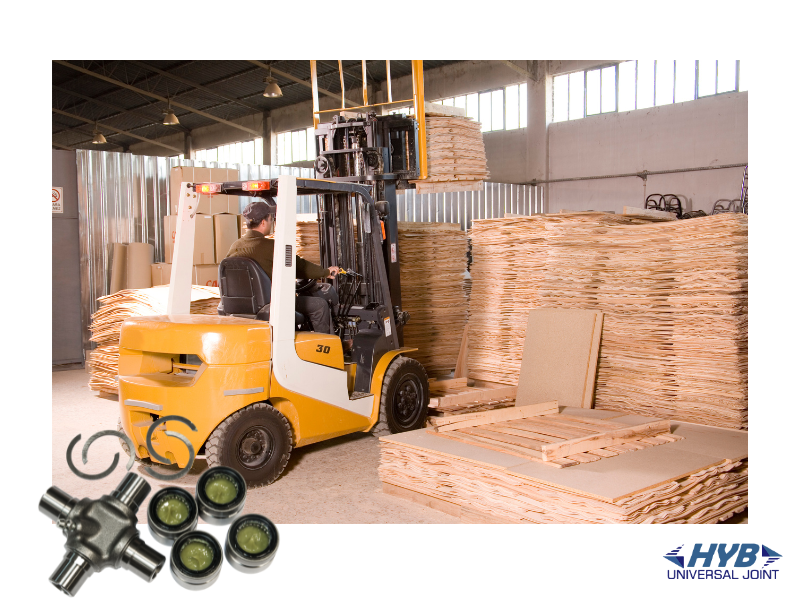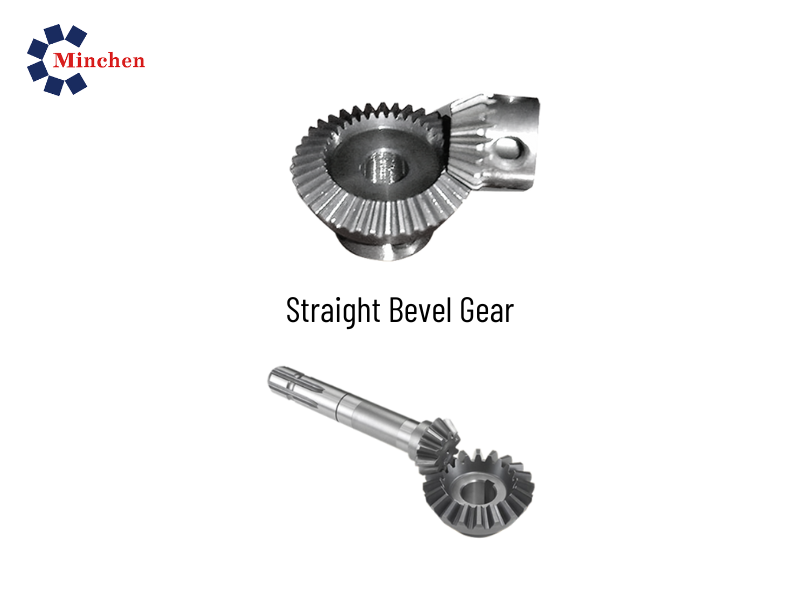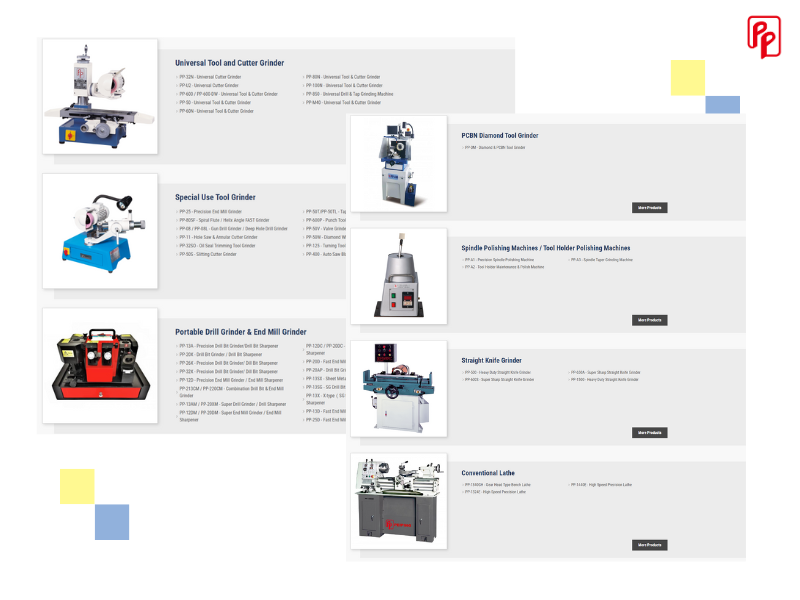Understanding Rotary Hydraulic Cylinders
2024-08-06Machinery
Rotary hydraulic cylinders play a crucial role in modern industrial applications. These components are essential for converting hydraulic energy into rotational motion, enabling a wide range of machinery to perform precise and powerful movements. In this introductory article, we will explore the basics of rotary hydraulic cylinders, their components, and their applications in various industries.
What is a Rotary Hydraulic Cylinder?
A rotary hydraulic cylinder is a device that uses hydraulic fluid to generate rotational motion. Unlike linear hydraulic cylinders, which produce straight-line motion, rotary cylinders provide rotational force, making them ideal for applications requiring precise angular displacement and torque.
Components of a Rotary Hydraulic Cylinder
- Cylinder Body: The main structure housing the internal components and hydraulic fluid.
- Piston: The component that moves within the cylinder body, driven by hydraulic pressure.
- Shaft: Attached to the piston, the shaft transmits the rotational motion to the external mechanism.
- Seals: Prevent hydraulic fluid leakage and maintain pressure within the cylinder.
- Hydraulic Fluid: The medium through which hydraulic energy is transmitted.
How Does a Rotary Hydraulic Cylinder Work?
Rotary hydraulic cylinders operate based on the principles of hydraulics, where fluid pressure is used to create movement. Here's a step-by-step process of how they work:
- Hydraulic Fluid is Pressurized: A hydraulic pump pressurizes the fluid, which is then directed into the cylinder.
- Piston Movement: The pressurized fluid pushes the piston, causing it to move.
- Rotational Motion: As the piston moves, it rotates the attached shaft, converting linear motion into rotational motion.
- Output: The shaft transmits the rotational force to the machinery or mechanism, performing the desired work.
Applications of Rotary Hydraulic Cylinders
Rotary hydraulic cylinders are versatile and find applications in various industries, including:
- Manufacturing: Used in assembly lines and robotic arms for precise movements.
- Aerospace: Essential for controlling flight surfaces and landing gear systems.
- Automotive: Integral to steering systems and automated production processes.
- Construction: Powering equipment like excavators and cranes.
- Marine: Used in steering mechanisms and deck machinery.
Benefits of Using Rotary Hydraulic Cylinders
- Precision: Provides accurate control over rotational movements.
- Power: Capable of generating significant torque and force.
- Versatility: Suitable for a wide range of industrial applications.
- Durability: Designed to withstand harsh operating conditions.
Conclusion
Rotary hydraulic cylinders are fundamental components in many industrial systems, offering precise and powerful rotational motion. Understanding their basic structure, functionality, and applications provides a solid foundation for exploring more advanced topics in future articles. Whether in manufacturing, aerospace, automotive, construction, or marine industries, these cylinders play a pivotal role in enhancing operational efficiency and performance.
At Auto-Strong, we are committed to providing high-quality rotary hydraulic cylinders that meet the diverse needs of our clients. If you have any questions or need further information, please do not hesitate to contact us. In the next article, we will delve deeper into the types of rotary hydraulic cylinders and their specific features. Stay tuned!
